How Reality Tours is changing the perception of Asia’s second largest slum
British filmmaker Danny Boyle’s Slumdog Millionaire was a sleeper hit of 2008. Despite its phenomenal success worldwide, the movie was heavily criticised for its reductionist, third-world representation of Dharavi, Asia’s second largest slum. According to Joseph Bird, Director of Mumbai-based Reality Tours,
What did Slumdog Millionaire achieve for Dharavi? It’s a question we ask ourselves time and again. While the film generated awareness and Dharavi became a household name because it captured the humanity of the slum beautifully; what went immensely wrong was that it overly romanticised poverty and simplified the slum’s problems. Definitely, it drove interest and awareness; but it didn’t challenge people to the truth of Dharavi.
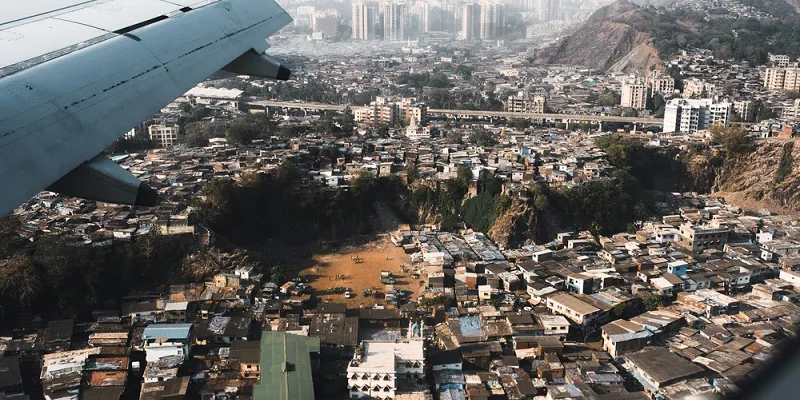
Dharavi may be cramped and overcrowded; after all it houses over a million people and their dreams. The ‘informal’ economy of this slum boasts of a range of industries – textiles, leather, jewellery, pottery, recyclable waste, snacks, etc.; many of which are exported to the US, UK, and Europe. Spread over 557 acres, Dharavi has over 15,000 small manufacturing units, which collectively have an estimated turnover of $665 million. If one has read Gregory David Roberts’ Shantaram and Katherine Boo’s Behind the Beautiful Forevers, one will understand why Dharavi is synonymous to undying spirit, innovation, and hard work. But for those who haven’t, sustainable tourism companies such as Reality Tours are helping bridge the gap.
Started in 2005, Reality Tours began with an idea of conducting educational walking tours of Dharavi, serving as a “hub between the slum and the world.” Slowly, the company expanded its operations to Mumbai, Delhi, Rajasthan, and Kerala. However, Dharavi remains the heart of Reality Tours’ work. Today, nearly after a decade of operations, the company successfully takes over 15,000 people every year, through the narrow winding lanes of the slum, enabling tourists to witness first-hand the communal and enterprising spirit thriving here despite the many developmental issues that are equally visible. But reaching here wasn’t easy and there’s a long way to go.
The genesis
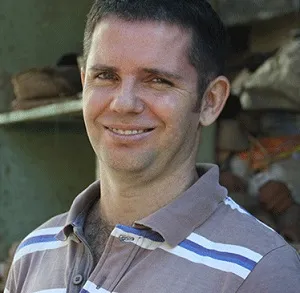
Chris Way, Co-founder of Reality Tours, was volunteering in India. At the back of his mind, he always wanted to start Reality Tours; a concept he had first encountered in Brazil’s Favela Tours. One day, Chris met a local, Krishna Pujari, who was serving at a bar in Mumbai and was the only staff who spoke English fluently. A few days later, the two met again by chance at a cricket match and Krishna invited Chris to play with the locals. They quickly became friends and Chris shared his idea. However, in the beginning, Krishna was sceptical. Upon much insistence, Krishna decided to walk around Dharavi asking people if they would be open to such the concept of slum tours. And that’s how it all began.
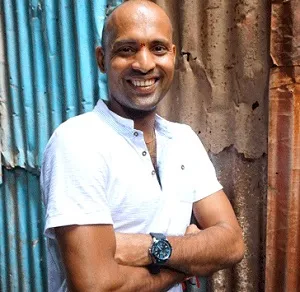
How does it work?
“Mumbai’s beating heart”, “microcosm of India” is how Reality Tours wants Dharavi to be known. Since 2006, every day, a local guide in a light blue, collared shirt with Reality Tour’s logo embroidered on it waits at a selected point in Churchgate and Mahim station, the meeting point for all the tourists. What follows is a 2.5 hour walking tour, wherein visitors gets a more detailed understanding of life and work here whilst experiencing diverse business activities such as recycling, popaddom making, and the 150-year-old Kumbharwada pottery colony. The company also offers visitors an option to have lunch with a local family. This brings two-fold advantages to the table. On the one hand, visitors get additional insight through interaction with the community, on the other hand it provides the community an additional source of income. In order to avoid exploitation and restrict negative perceptions of Dharavi, the team has a strict policy of no photography.

According to Joseph, the idea has always been two-fold,
One, the tours aim to reduce the negative stereotyping around the word ‘slum’ by introducing people to diverse religions, ethnic origins, cultures, and prospering businesses. Two, the profits from the tours are utilised to help the very community that made the vision of Reality Tours a reality.
Beyond slum tours
Joseph recalls how the team faced initial challenges of working in Dharavi with language being one of the key barriers. Over time, the team’s assessment helped them understand that people were keen on learning English and computers – tools they saw as powerful in empowering them to further their careers. Joseph says, “As a company, we believe in responding to their needs rather than forcing our ideas on them.” Hence, Reality Tours started a non-profit wing called Reality Gives, which receives 80 per cent of the profits to create change in the Dharavi community.
The three overarching focus areas are – health and well-being, education, and livelihood. Under health and well-being, a Girls Football Programme and a Boys Cricket Academy are established, which give children the opportunity to broaden their personal development and have fun. Reality Gives does a broad range of things under education and livelihood – runs the primary education wing of a local school by placing local women who undergo a year-long teacher training programme, runs a youth empowerment programme that offers English, computers, and soft-skills classes through three Ashayen Community Centres. The centres are also used for other activities such as women’s self-defence, dance, drama and art and a small-scale library.
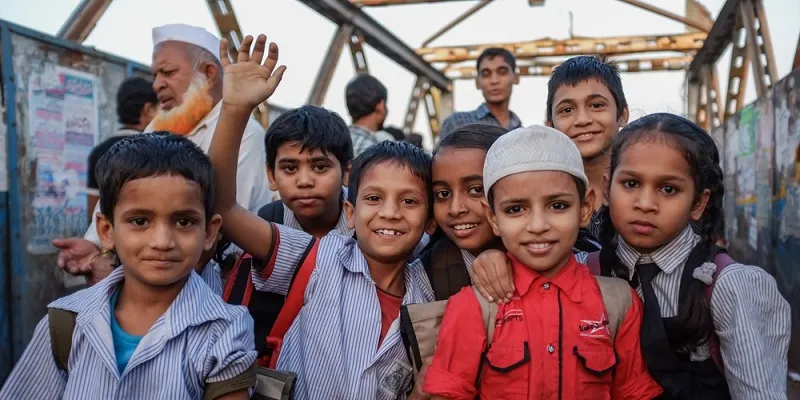
So far, the company has raised over $4,50,000 for Reality Gives and has benefitted over 6,000 people. This year, the non-profit has shifted its focus to education completely and is launching an English Teacher Training Programme that will train local women to deliver a three-week course designed by a team of experts from across the world. The idea is to “accelerate the impact of Reality Gives.”
The future of Reality Tours
Today, Reality Tours and Reality Gives has provided employment to 50 locals who are showing the world what Dharavi is really all about. Joseph and his team have been tracking the impact of their tours through post-tour feedback forms which hasn’t failed to impress. He says, “Based over 9,000 responses, 85 per cent of tourists have said that their perception of life in slums has changed and 75 per cent are inspired to take action, either with Reality Gives or directly with the community.”
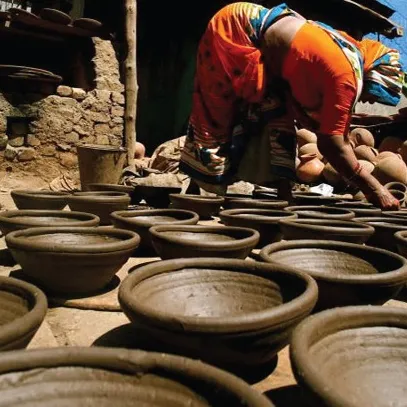
Despite the heart-warming success, there is a long way to go. Joseph points out,
At the moment, 95 per cent of our guests come from overseas, but we want the local Mumbaikars to come forward and shed their negative emotions towards the slum.
Speaking about the vision of Reality Tours, he says,
When you take Dharavi away, 80 per cent of the city doesn’t function. The garbage won’t be cleaned and auto-rickshaws won’t ply. Dharavi isn’t a subset of Mumbai; nor does it exists in isolation. It works in tandem with the nation’s financial capital and must be viewed as such.
Read More:
[Book Review] Poor Little Rich Slum: What We Saw in Dharavi, and Why it Matters
DharaviMarket.com brings visibility to faceless urban craftsmen
How Dharavi slum girls built apps to solve critical living problems in their locality







